Book Review - Pam Smy's Thornhill
 Thornhill by Pam Smy
Thornhill by Pam Smy
Published by: Roaring Brook Press
Publication Date: August 29th, 2017
Format: Hardcover, 544 Pages
Rating: ★★
To Buy
Ella
Clarke is unpacking her possessions and placing them about her new
bedroom. She places her favorite books on her new bookshelf, Jane Eyre and Rebecca being among them. She carefully hangs a poster for Susan Hill’s The Woman in Black
on the slopping wall. But it is the picture of her deceased mother that
has pride of place. With her father always away for work she is truly
alone and her attention is drawn to the abandoned building outside her
window, The Thornhill Institute, which was built as an orphanage for
girls in the 1830s. One April day, a month after moving in, Ella thinks
she sees a young girl in the yard of this derelict home and she goes to
investigate, working her way past the "keep out" signs and the barbed
wire. There she finds a broken doll's head. She painstakingly repairs
the doll and returns it to where she found it. As she makes to leave she
finds another broken doll and takes it home to repair. Whomever this
girl is who is leaving these broken dolls is also alone and looking for
some kind of connection and has found a kindred spirit in Ella. The
local paper is the first to offer a clue as to who this mysterious girl
is. Mary Baines died tragically at Thornhill after it was sold for
development in 1982, thirty-five years earlier. Work on the development
has been suspended ever since. Ella becomes drawn into Mary’s world
which becomes more real to her than her own. One day when she finds a
key in the garden she is lead to Mary’s diary and learns all about the
horrors that were inflicted on her; the bully constantly banging on her
door, the indifferent care of Mrs. Davies, Jane, and Pete. The cook,
Kathleen, who was her only friend. The Doctor, Creane, whom she thought
was a friend. The dolls and puppets who were her only solace, as was her
favorite book, The Secret Garden. Ella relates and wants to be
friends with Mary. When they finally meet the house goes up in flames
and Thornill claims another victim, but will she be the last?
Thornhill is
an odd book alternating between the present and the past, with Ella's
story being told through pictures and Mary's story being told through
diary entries. The alternating narrative technique isn't what's odd,
what's odd is that I'm unsure what Smy's point was in writing this book.
She brings up so many different emotions throughout the narrative,
hitting the empathy card heavily, and then destroys any sympathy, any
moral, with a big sweeping conflagration. This is a book that could have
been sweet and redemptive, but instead is dark and disturbing, and
totally telegraphed. Because here's the thing, the bleak ending of Mary
leading Ella to her death so that they can be friends forever is obvious
from that first illustration of Ella in her bedroom. The heavy-handed
foreshadowing was laughable. I mean, maybe you can trick the targeted
teen audience because they might be unfamiliar with the staples of
Gothic literature, but that's weak storytelling, hoping your audience is
oblivious versus actually crafting something of value. So if I haven't
completely spoiled the book for you by now and for some daft reason you
still want to read it look away now because I'm laying all Smy's cards
on the table. So what do Ella's two favorite books, Rebecca and Jane Eyre
have in common? Could it be a big massive fire like the one that kills
Ella and destroys Thornhill? If you said yes, you are correct! And what
can we learn from The Woman in Black? We can learn that ghosts
are evil remorseless killing machines that can not be satisfied.
Therefore what can we learn about Mary? You may think she deserves your
sympathy but you'd be wrong, because, SHE KILLS ELLA! AKA, Mary is a
remorseless killing machine. This point is further driven home by the
young boy, Jacob, who moves into Ella's old room and sees Mary and Ella
in the garden. Mary wanted a family and just one friend isn't enough.
She's an evil evil ghost and she will kill you. Jacob, watch your back!
Smy has a very odd moralistic code in this book, I
mean just look to Mary killing Ella to prove my point. Back in 1982 Mary
is driven beyond endurance and kills herself because of a bully and yet
the message seems to say that the bully deserved copious chances at
forgiveness because they were in the same isolated boat? Um... no.
Here's the thing, bullies don't deserve forgiveness. Ever. Because if
you forgive them they'll just think they can get away with it again and
again. It's an abusive cycle that is very rarely broken. So while I
initially really felt for Mary I could never fully get behind her
reasoning because I would never give a bully a second chance. As it
turns out I'm glad I never fully connected to Mary because she was
crazy and a manipulator in her own right. So maybe Smy's actually against forgiving bullies? Because if we
can't trust Mary's thinking then we know we can't trust her reasoning
and therefore we can't trust all the chances she gave that little
torturing bitch. Because there needs to be a zero tolerance policy when
it comes to bullies. They need to be reported, they need to be smacked
down, they need to be stopped. When I was younger I was bullied, in
particular by one classmate who loved to call me names as original as
whale and blubber. Thankfully he transferred to another school after
sixth grade so I didn't have to deal anymore with his verbal abuse. In
high school he returned. But the bullying didn't, because I would not
let him back into my world. My best friend at the time encouraged me to
be nice to him because "he had changed." Well, if he had he would have
started with an apology. He forever remains on my list of people who if
bad things were to befall them I wouldn't be heartbroken. Yes. I have a list. You're probably
thinking that this is a bleak way to look at things. That yes, people
should be allowed to change, given the chance at forgiveness. But I have
had too many instances when this has bitten me in the ass. Therefore I
now only forgive people who have wronged me because I know it will
really piss them off. Seriously, try it sometime.
Moving
on from bullies, because seriously, nothing annoys them more than their
irrelevance, this book is a combination of narration styles so I would
be remiss if I didn't move beyond the narrative and talk about the art. Talk about that cover which totally drew me in. That bleak, looming house in darkness with the one illuminated window. That cover has an amazing graphic quality that doesn't jive with any of the interior art. Smy's work feels out of touch with what is happening in art today. Not the concept of two different narrative styles, that's very one point, but just the look of her work. I really don't know how to get across this feeling that the art looks dated. OK, so when I was a kid I had this picture book about people and animals. I can't remember the name, but if you saw it you would easily place it as something from the seventies. The art was well done, but at the same time a jumble. Everything was on top of each other and the muted and limited color palette just didn't work. As a small child I kept thinking, this book's style is dated. And it wasn't that old a book! Smy's drawing style reminded me of that book. It felt too retro, too of my childhood, but not in a good and nostalgic way, in a way that made me think she was out of touch. Now you might be saying, "hang on a minute part of this book takes place in 1982 when you were only four!" First I'd say it's creepy that you know exactly how old I was in 1982, but I'd also point out four year old me thought the book this reminds me of was dated, so in doesn't bring to mind the time period, it brings to mind how much I didn't like that art, and anyhow, the illustrated section is the current timeline NOT the eighties timeline. Which indicates, that yes, I was a critic from a very early age, but more, I know what I like and I know what I don't like and just because someone might think this illustration style is classic, I just say dated. I've never followed the band, I don't believe a classic is a classic because everyone says so, I've never liked The Giving Tree, a detail I don't know why I feel I need to reveal here, but if you want to read a book the lets bullies win with meh art, go for it! You're forewarned.

























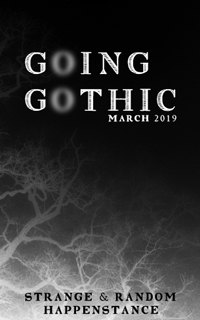
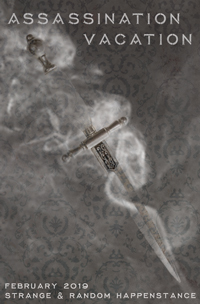
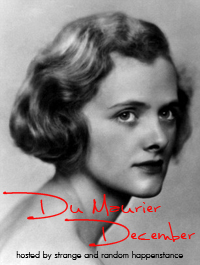
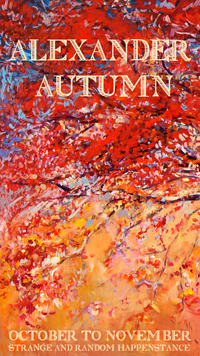
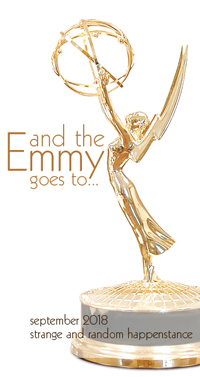




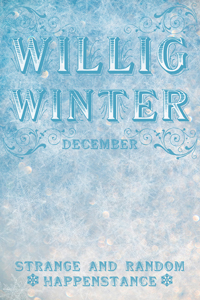

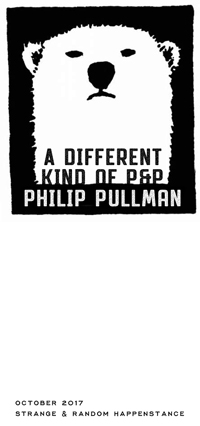


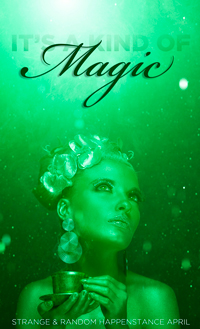
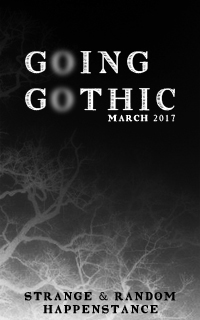

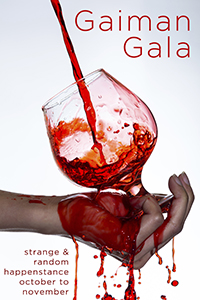
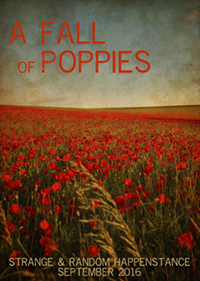



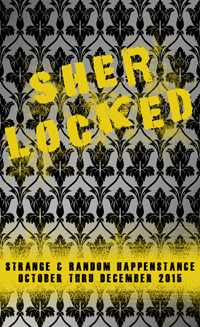

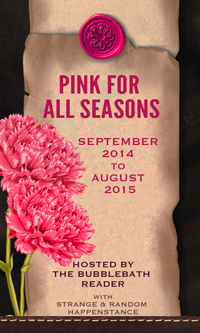
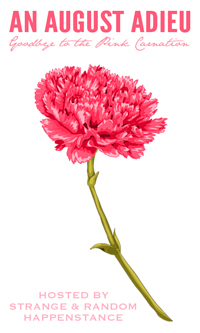




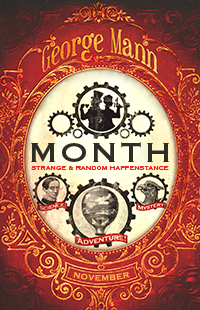


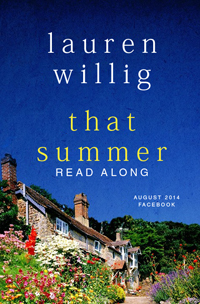



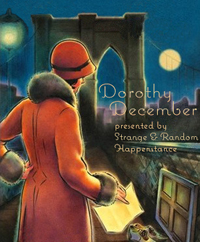






















Post a Comment